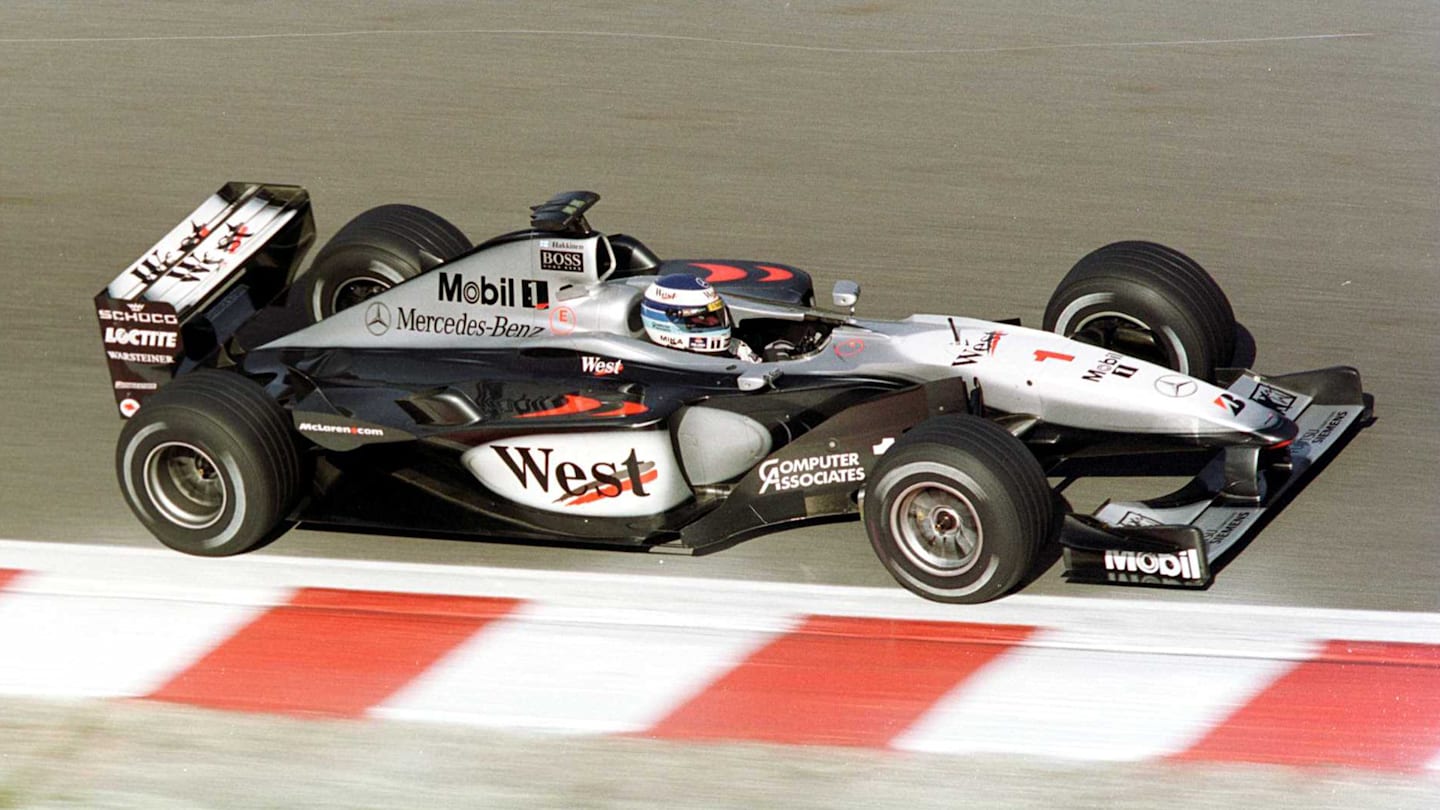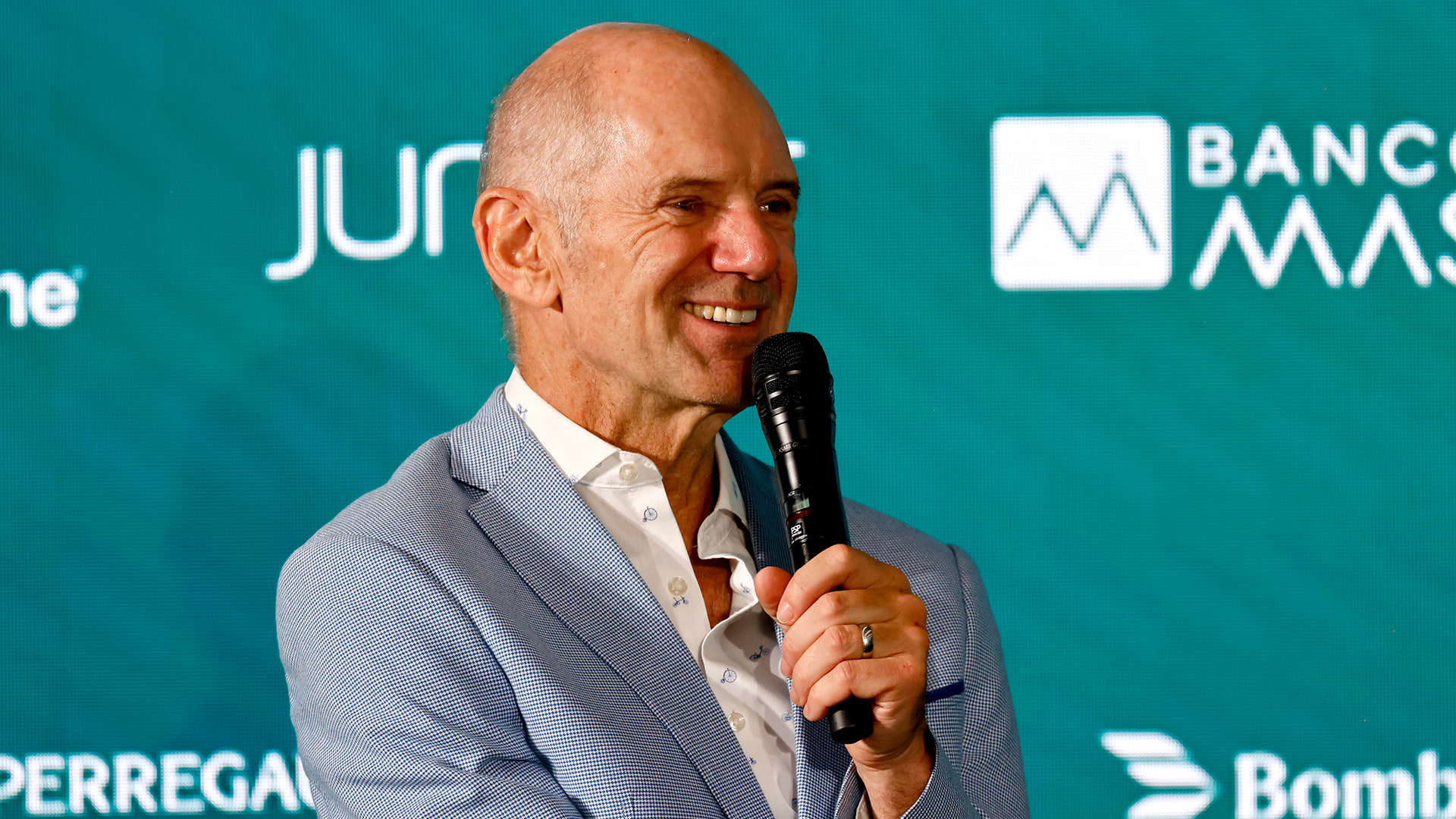Formula 1 design guru Adrian Newey has opened up on the standout technical ‘loopholes’ from his career to date, looking back on decades of experience with the likes of Williams, McLaren and Red Bull.
F1 teams produce cars to detailed Technical Regulations every season but, over the years, there have been countless examples of designers pushing the limits and exploiting grey areas with clever interpretations.
READ MORE: An innovator and trendsetter – Adrian Newey’s greatest F1 contributions
Recent cases include the effective ‘double diffuser’ introduced by Brawn GP, Toyota and Williams under all-new rules in 2009, the F-duct pioneered by McLaren a year later and Mercedes’ Dual Axis Steering for 2020.
In a wide-ranging interview with Auto Motor und Sport, Newey was asked about these so-called design loopholes, how nervous he felt about his own being discovered in the past – and the solution that pleased him the most.
“I think if I had to name a single one it would probably be finding a way to use exhaust effect properly again,” Newey said. “I think it was somewhere around 1985 when Lotus started blowing the diffuser on their car, and that’s a very powerful effect where you introduce very high energy air into the underside of the car.

McLaren’s Newey-designed MP4/15 featured an innovative exhaust arrangement
“Exhausts, as seen from below the car, were banned after Imola 1994. We found a way on the 2000 McLaren to reintroduce exhausts blowing the diffuser by hiding it beside the gearbox and above the plank. But, of course, that loophole was then closed!
“[At Red Bull], we found another way with the RB6, the 2010 car, to actually have the exhausts mounted on the side, the coke [bottle] area, but blowing a slot in the double diffuser – and that was very powerful. Double diffusers, and hence that loophole, were banned for 2011, but we’d rediscovered the power of it, so I was anxious to try to not lose that.”
Newey, who is preparing to start another new chapter with Aston Martin, went on to describe how Red Bull’s complex system developed, and was then adapted, through further changes to the regulations – helping the team win four successive Drivers’ and Constructors’ world titles.
“One of the big aerodynamic problems that all open-wheel and closed-wheel cars struggle with is you have what’s called a ‘squish’, which is when the air hits the wheel and kind of works its way round until it hits the ground plane and then it has nowhere to go, so it squirts out sideways,” he explained.
“That creates a lot of dirt at the front with the front wing wake and at the rear with the diffuser, where this dirty air is squirting under the diffuser. I felt if we could get the exhaust just in front of that, and get it to blow down slightly, then we could use the exhaust to shut off that ‘squish’ loss.
TECH TALK – The evolution of Adrian Newey’s F1 cars
“That’s what the 2011 car, the RB7, did, by having what looked like cricket bats just in [front] of the tyre. That was incredibly powerful. It, of course, was banned in 2012, so it was a continual thing of the rule makers not liking us blowing the exhausts!
“The next one was that [the exhausts] had to blow upwards at 30 degrees, and there was a restriction [on it]. We, at Red Bull, struggled with that one a bit. McLaren came up with this concept that they blew it up, in what’s known as the Coanda effect.
“What we did at Red Bull was effectively copy the McLaren channel of pointing up and then curving down, but followed that all the way to the rear tyre, so it had a decent chance of ducting it in this U-shape. It was an incredibly powerful effect once we got it running.
“So, I think that chain of four championships that Red Bull had from 2010 through ’13… of course, there’s a whole host of things behind that, but one of the most powerful ones was that all four years we found a way of getting a blown exhaust to work.”
Aston Martin will be banking on new Managing Technical Partner Newey to bring more title-winning innovations to the team when he arrives early next month – his planned start date slotting between pre-season testing in Bahrain and the opening round of the 2025 season – the Australian Grand Prix.

RACE TICKETS – AUSTRALIA
Don’t miss your chance to be at the first Grand Prix of 2025 and experience the season-opener in Melbourne…
